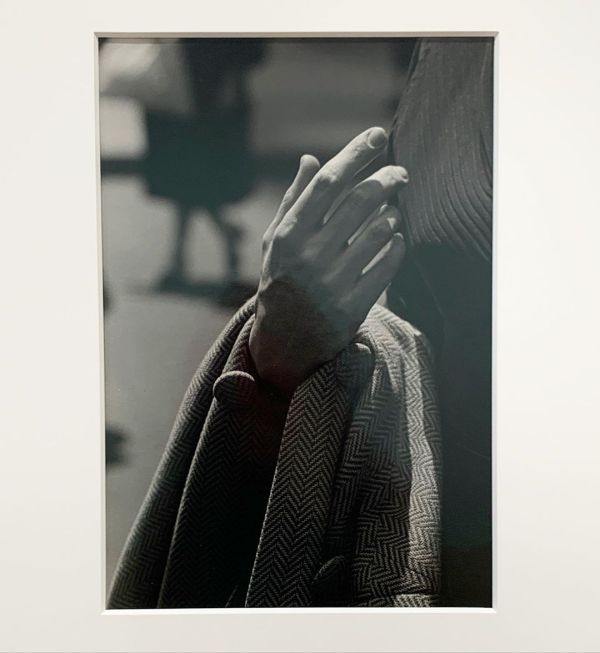Fifty Years of “Learning from Las Vegas” by Christopher Hawthorne. New Yorker, January 27, 2023.
The cool appraisal of Denise Scott Brown and Robert Venturi’s revolutionary book has a lot to inspire the architects of today.
Most architecture students over the years have read the shorter second edition of the book, a paperback published in 1977, but the 1972 large-format hardcover version is the livelier and more revealing document, if also the more contentious editorial product. It is divided into three parts. The first largely reproduces the Architectural Forum essay and includes a close study of the Strip’s architecture, signage, and street furniture. The second provides an analysis of how trends visible in Las Vegas relate to larger developments in architecture and urbanism. This section is anchored by a tribute to “ugly and ordinary” architecture, including a now famous distinction between buildings that are “ducks,” which is to say, commercial structures that take the shape of what they’re selling—a Mexican-food shop in Los Angeles resembling a giant tamale, for example—and those that are “decorated sheds,” or expediently made buildings that gain energy from signage and ornament. In short, the duck is a symbol; the decorated shed applies symbols to a more conventional architectural frame.
[…]
twenty-first-century readers tempted to brush off “Learning from Las Vegas” as a neutral travelogue risk missing the real power of its analysis—and the ways in which its approach might make today’s architecture of activism and political urgency sharper and more effective. We forget it now, perhaps because the effort was so entirely successful, but the book’s larger goals went far beyond understanding the quickly growing cities of the American West. Scott Brown and Venturi also wanted to accelerate a changing of the guard in architecture. In that sense, the smoke screen of non-judgment allowed them to plausibly claim a kind of “Who, me?” innocence as they worked to make room for their own generation to start running things.
After all, their frustration wasn’t with the revolutionary nature of the modernist project so much as with how it had grown stagnant and pleased with itself. As they write in the acknowledgments of “Learning from Las Vegas,” “Since we have criticized Modern architecture, it is proper here to state our intensive admiration of its early period when its founders, sensitive to their own times, proclaimed the right revolution. Our argument lies mainly with the irrelevant and distorted prolongation of that old revolution today.”

![Floating markets and native boys ready to dive for coins, Port-au-Prince [Haiti]](https://i0.wp.com/live.staticflickr.com/3936/15466200389_0e6fd9a8e8_b.jpg?w=739&ssl=1)


















